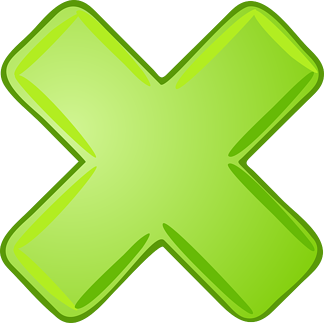General Knowledge Online Test No-1
Give Online Test & Check Your Knowledge About Solar System.
Useful For All Competitive Exams & All The Students Of Gujarat.
Online Free Quiz For All The Students.
The solar system consists of the sun as well as some celestial bodies subject to the law of gravity. All of these objects formed about 4.6 billion years ago as a result of the collapse of large clouds made up of fine particles. The mass of all these celestial bodies revolves around the sun. The orbits of about 8 planets in this Solar System family are spherical. The surface of such planets is flat, which is called the ecliptic. The four smaller planets inside: Mercury, Venus, Earth and Mars are known as terrestrial planets. These planets are made of rocks and metals and are solid in terms of surface. The four outer planets: These planets include Jupiter, Saturn, Uranus and Neptune. These planets are also known as gas spheres. These planets are composed mainly of hydrogen and helium gas and are much larger in size than terrestrial planets.
The solar system is also thought to be home to two other provinces made up of small celestial bodies. Between Mars and Jupiter lies a constellation of stars in which the celestial bodies are similar to those of the terrestrial planets. These planets are also made of metal as well as rocks. Beyond Neptune's orbit lies a mass of trans Neptune celestial bodies. All these substances are mainly composed of cold substances such as water, ice, ammonia and methane. These regions are home to five independent celestial bodies, such as Ceres, Pluto, Haumea, Makemake, and Eris. The density of these objects is very high and their gravitational force is also high. That is why they are also known as giant stars the size of dwarfs. These two regions have thousands of small celestial bodies as well as small celestial bodies. These include comets, centaurs, and spacecraft particles. These objects move freely between the two regions.
The solar wind contains gas with an equal number of ions and electrons. This gas forms a bubble in the interstellar medium known as the heliosphere. Which extends to a flat surface. The biased Earth cloud acts as a source of long-term comets. This cloud can be thousands of times farther away than the heliosphere. Natural satellites revolve around six planets and three dwarf planets. They are commonly referred to as the moon. After the Earth's moon, all four outer planets are covered with a ring made of celestial particles and other objects.





No comments:
Post a Comment